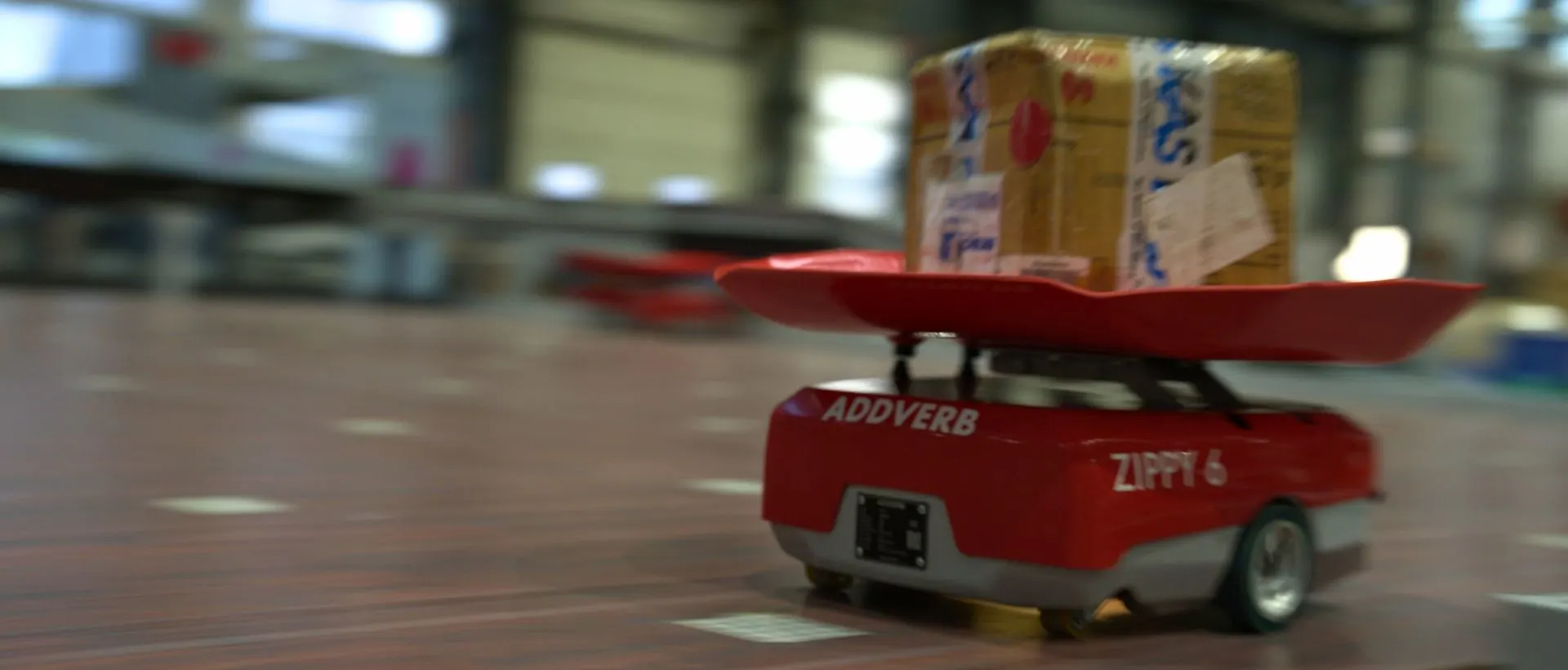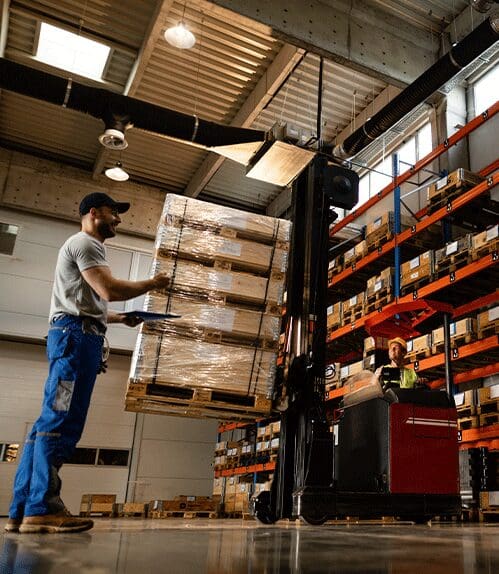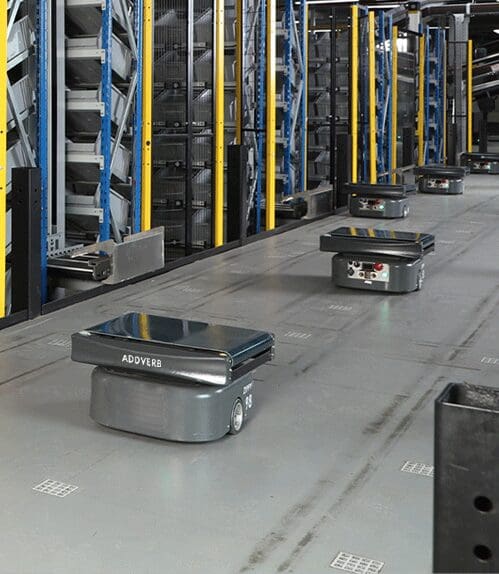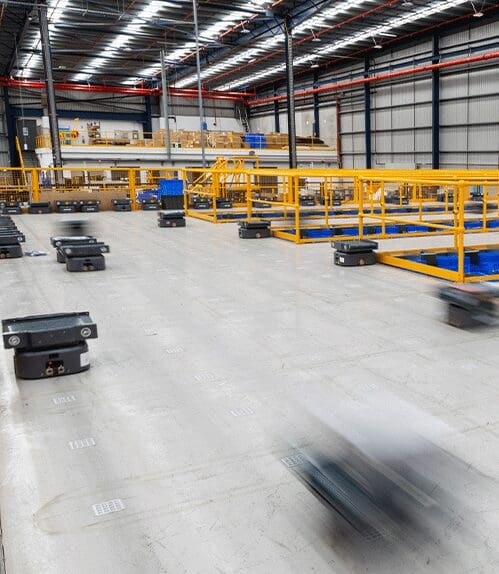Table of Contents
India is facing a pivotal point in the transition of logistics and supply chain industry, with robotics in warehouses expected to grow at a CAGR between 14-22% through 2030, aided by the e-commerce boom and modernization across the supply chain.
Robotics and automation can increase warehouse productivity by 25% to 70%, providing higher speed and more accurate order processing while optimizing labor and space.
In this blog, we will cover how robotics in warehouses can reduce costs, offer efficiency, and create ROI that will shape the future of logistics. Let’s get started!
The market for industrial robots was estimated to be worth $16.5 billion USD in 2022 and is projected to grow to $20 billion USD in 2027. By 2025, the use of robotics in logistics will reduce expenses by as much as 40%.Throughput is expected to increase with cobots by 300%. The average cost of industrial robots decreased from $46,000 in 2010 from a projected $10,856 by 2025; has improved return on investment (ROI).
Inevitable Shift: Why Warehouse Automation Is No Longer Optional
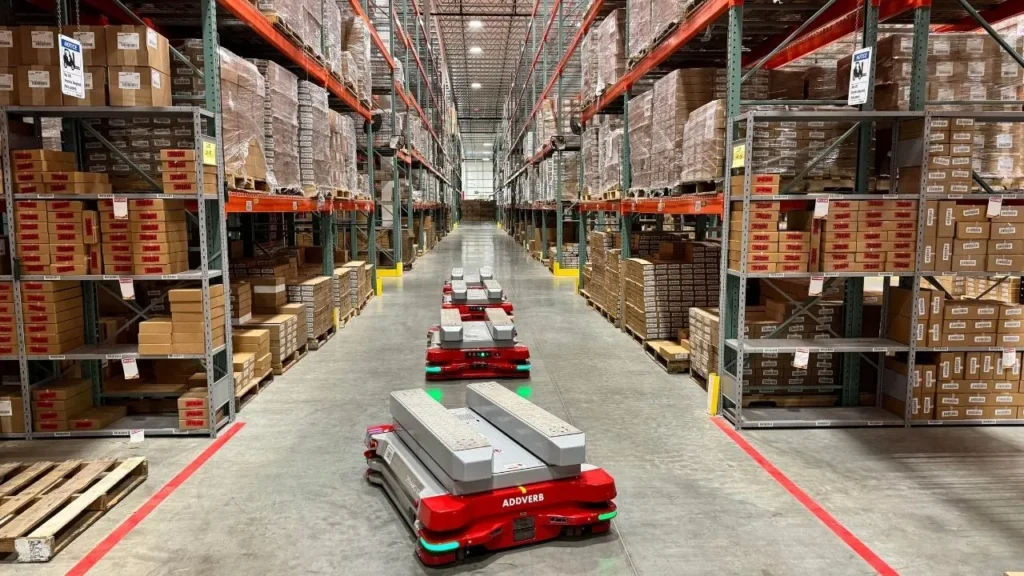
In today’s hyper-accelerated logistics landscape, automation isn’t a luxury it’s a logistical imperative. As both global parcel volumes rise and customer expectations shift, intelligent robotics is quickly becoming a core component of modern warehouse strategy.
Where Robotics is Leading the Way
- Picking & Placing: Making up 34% of robotic deployments and representing just this category in 2022 brought in $1.8B in revenue and is forecasted to reach $4.5B by 2030.
- Palletizing, Sorting & Transportation: These applications together generated $3.8B in market revenue while producing measurable improvements in speed and accuracy.
Factors Compelling Robotic Adoption
- E-Commerce at Scale: With companies like Amazon shipping over 1.6M parcels/day, automation systems are achieving throughputs of over 24,000 parcels/hour and 99.7% uptime or approximately 30 hours a week on average—far beyond human ability.
- CEP Growth Exceeds Expectations: Parcel volume could exceed 262 billion parcels by 2026. This equals roughly 27 parcels/person in the world, which means automation is the only path forward for scalability.
- Supply Chain Reconfiguration: Automation capabilities like 3D AS/RS systems can be instrumental as businesses shift from pallet-level, multi-SKU, direct-to-consumer models to achieve throughput without the burden of scaling labor costs.
- Creating Efficiency and Humanization: Companies are exploring cobots at various stages to enhance human capabilities while achieving up to 40% efficiency gains in fully or semi-automated setups
How Robotics Reduces Operational Costs
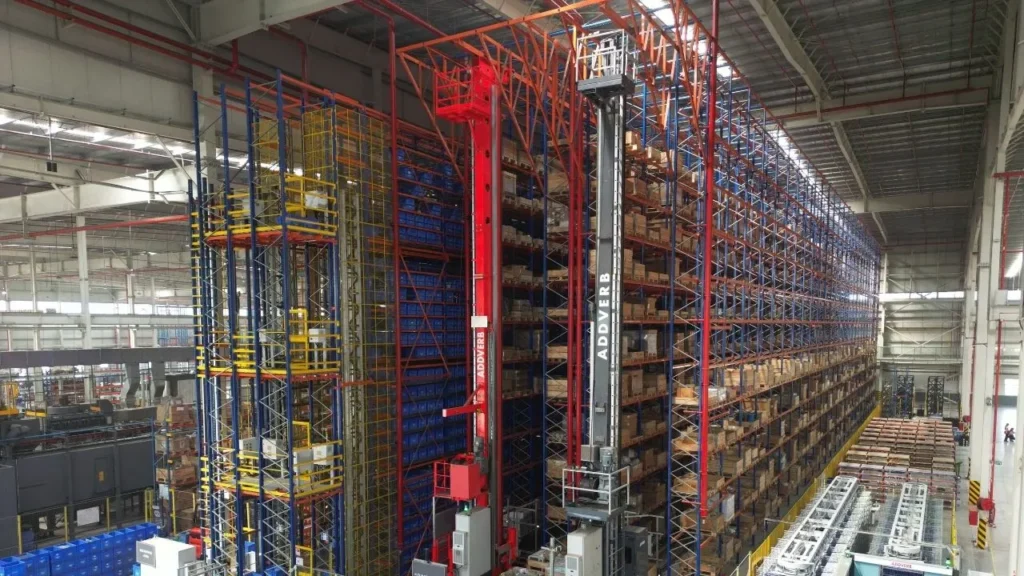
Labor Optimization: Robotics in warehouses help eliminate repetitive tasks, cut back on dependency on manual labor and improve throughput while also raising accuracy.
By 2030, it is predicted that 40% of warehouses in India will be fully automated, which will significantly help reduce reliance on manual operations therefore reducing labor costs as well.
Energy Efficiency: Robots utilize intelligent energy management systems now that consume less energy than traditional equipment running for long durations.
Error Reduction: Automation can lower human error due to being able to perform the same job consistently, which is going to allow fewer mistakes and costly reworks. Automated package sorters can lower sortation costs by 50%, through its minimal errors and rework.
Space Optimization: By Q3 2023, India’s Grade-A warehousing stock reached 177 million sq. ft, utilizing automation and space management within premium warehousing. Robotics in urban India’s micro-fulfilment centres are optimizing space for same-day demands, thereby reducing operational costs.
Maintenance and Downtime Minimization: Predictive diagnostics and modular designs address unplanned outages and completed uptime for controlled and controllable operating costs.
Eliminating both Overstocking and Out-of-Stock Scenarios: Robotics saves operational costs by optimizing inventory management through real-time tracking and accurate demand forecasting. Automated systems help ensure accurate stock levels, preventing overstocking, which ties up capital and increases the costs associated with storage, as well as out-of-stocks, which end in lost sales and customer dissatisfaction.
Warehouse Robotics in Focus: Growth Drivers and Investment Payoff
The upfront cost of robotics in warehouses—includes hardware, software, integration, training, and updates to infrastructure—can be staggering but the positive returns in the long run are far greater.
To illustrate, the India warehouse robotics industry was valued at around USD 338.4 million in 2023 and should see close to USD 800 million by 2029 with a CAGR of around 14.56%.
As per Deloitte, companies achieve ROI from warehouse automation on average in 18–24 months based largely on scale trends and cost savings.
Case Study
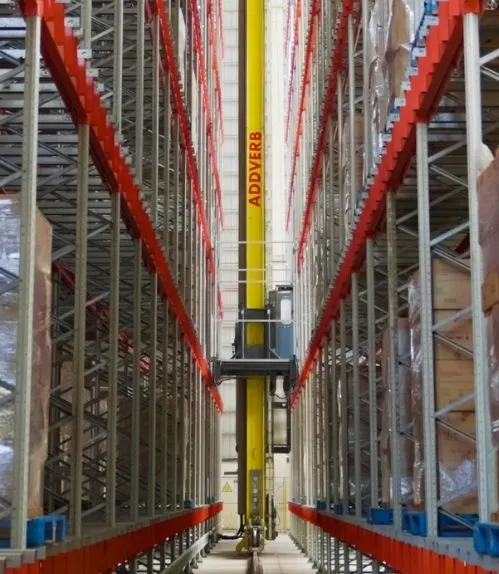
How Addverb Revolutionized PepsiCo’s Warehouse with Automated Mixed Case Palletizing Solutions
Overview: PepsiCo being the fourth production plant in India, and the biggest & fully automated captive store, and it intended to resolve the need for storage capacity and throughput. It wanted to convert people-driven operations to automated operations while maximizing space and improving operating efficiency.
Objective: PepsiCo required a suitable solution for its end-to-end operations, from inventory management & storage through to dispatch. It wanted a solution to increase storage capacity, throughput, and direct dispatch to Distributor supply all in a small warehouse footprint.
Strategy: Addverb executed a comprehensive analysis of the operations and got the stakeholders from every level involved to understand the operational problems they were trying to resolve. We provided a revolutionary full mixed case palletizing solution that included crane Automated Storage and Retrieval Systems (ASRS), Mother – Child Shuttles, and Pick-to-Light, all joined together through Addverb’s Warehouse Control System (WCS).
In addition to that, we redesigned the Dense Racking System to develop custom aisles that facilitate the formation of Rainbow Pallets along with dynamic pick-face.
Results: PepsiCo increased storage and throughput for their 36,000 sq.ft. warehouseThey implemented the Mother-Child Shuttle system to optimize storage and retrieval, and to build mixed case pallets that support both picking and put-away, thereby increasing throughput.The solution ultimately allowed PepsiCo to significantly reduce manual case picking, allowing operations to be streamlined and more efficient overall.
Final Thoughts: Invest in the Future of Warehousing with Addverb
Robotics in warehouses are actively transforming logistics by improving efficiency, reducing costs, and enabling scalability. Automation advancements empower businesses and warehouse operators to operate more efficiently and stay competitive in a rapidly evolving industry.
Ready to optimize your warehouse? Connect with Addverb today to explore how our innovative robotics solutions can revolutionize your operations and future-proof your business.

